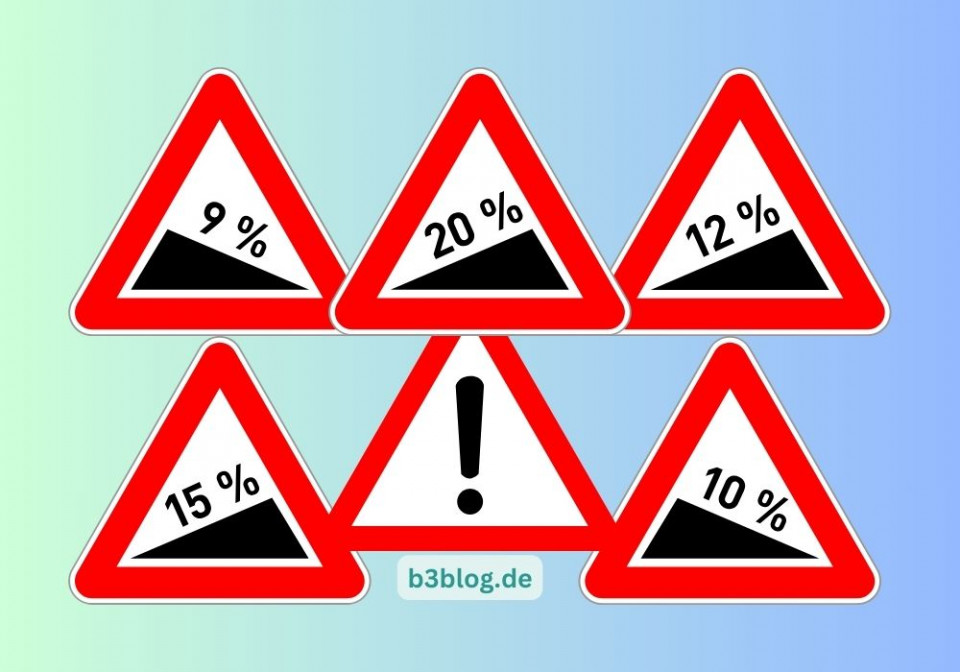Fodder for bookworms and avid readers
There have been frequent readers as long as there have been books. The number of books a person can read is limited. Thousands of new books are published every year, and hardly anyone has read all the classics. Wanting to read everything is certainly not a good goal, because failure would be inevitable. But wanting to read a lot is a nice wish, the drive of all bookworms and bookworms.
Even in Internet times, books are not completely outdated.
Forms of publication and reading habits may have changed, but many people still want to absorb knowledge through books. On the other hand, the perceived time for such idle things as concentrated reading is becoming increasingly scarce. That's why, of course, there have long been commercial offerings that seek to fill these gaps. The paid app Blinkist , for example (no relation, no in-law, and not tested), promises to summarize the content of a nonfiction book so that it can be listened to in 15 minutes. Alternatively, the summary can also be read, after all.
An invention of the 16th century
But frequent readers are driven by something else: the pleasure of reading in the greatest possible width and length. This brings us to the book wheel, the 16th century invention of Italian engineer Agostino Ramelli.



